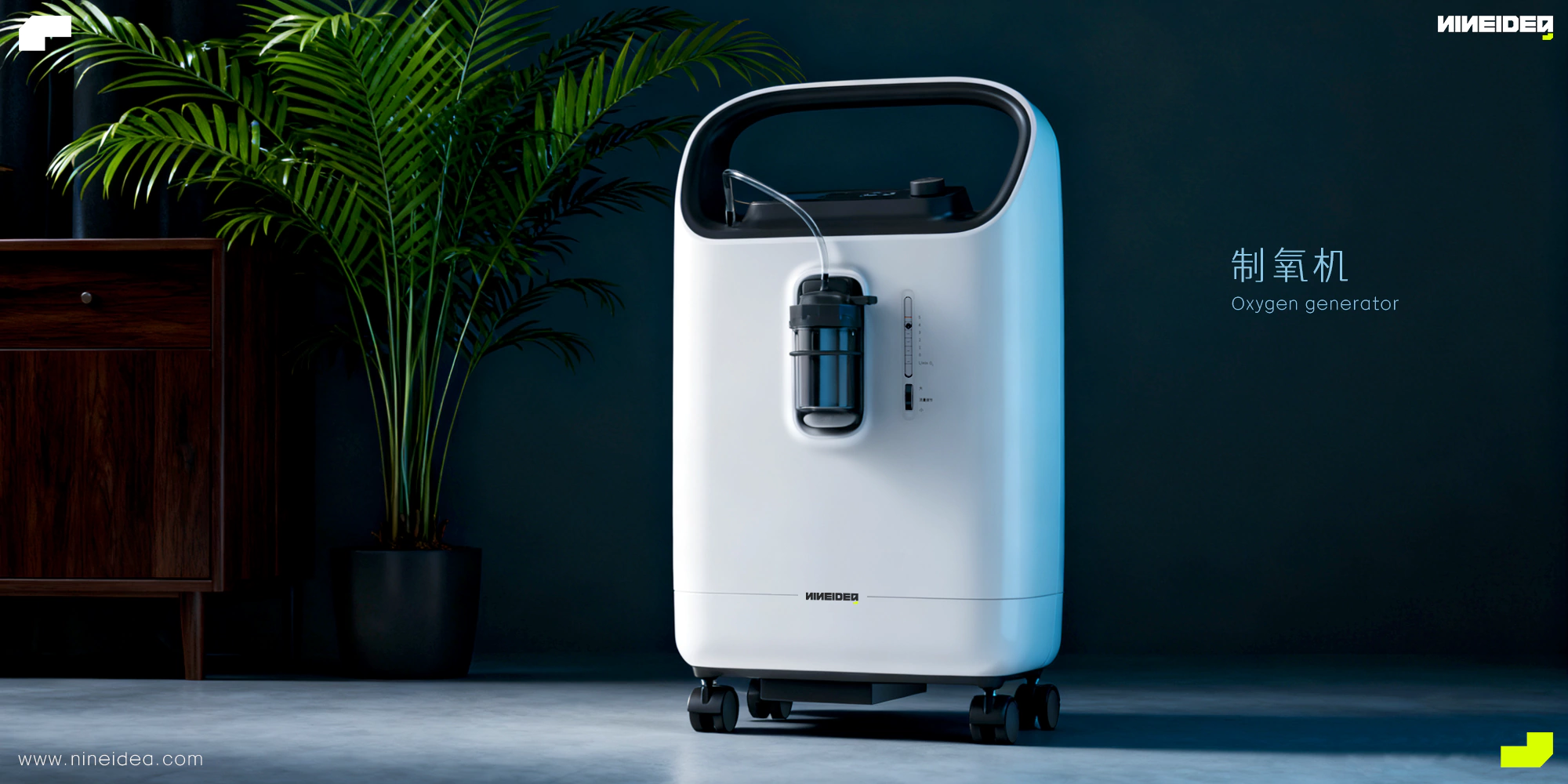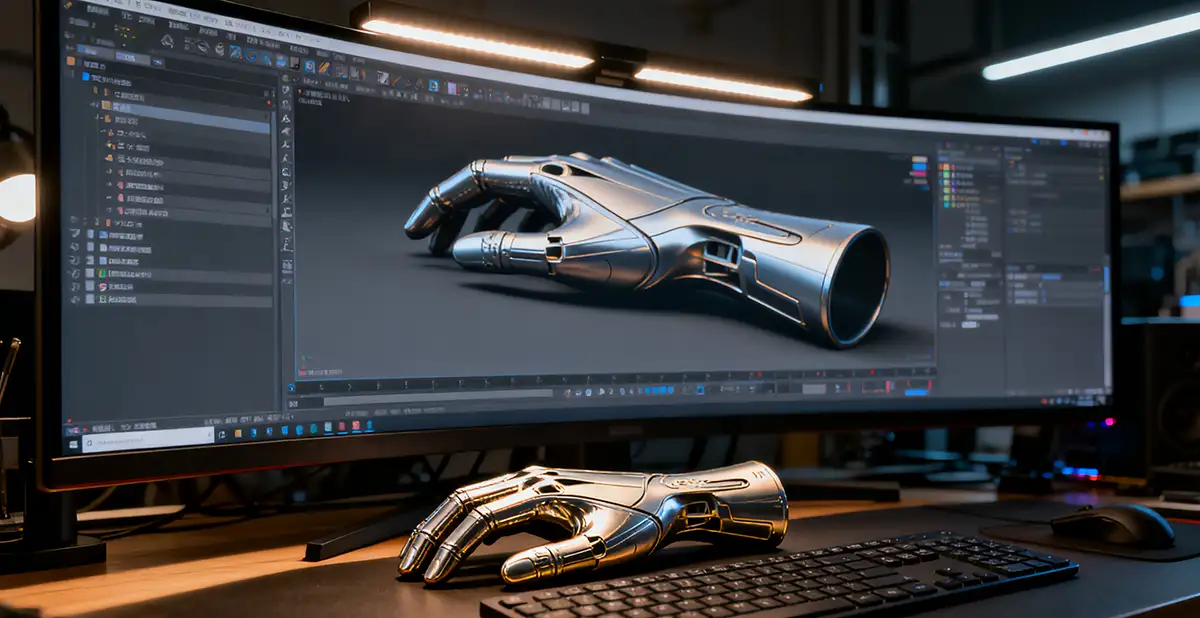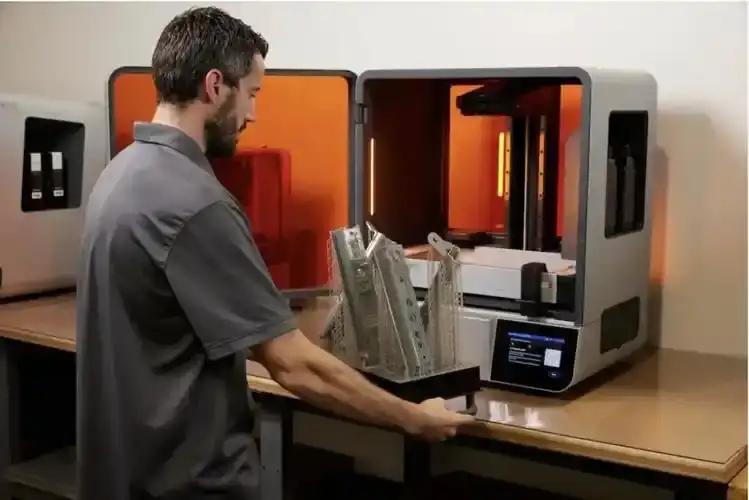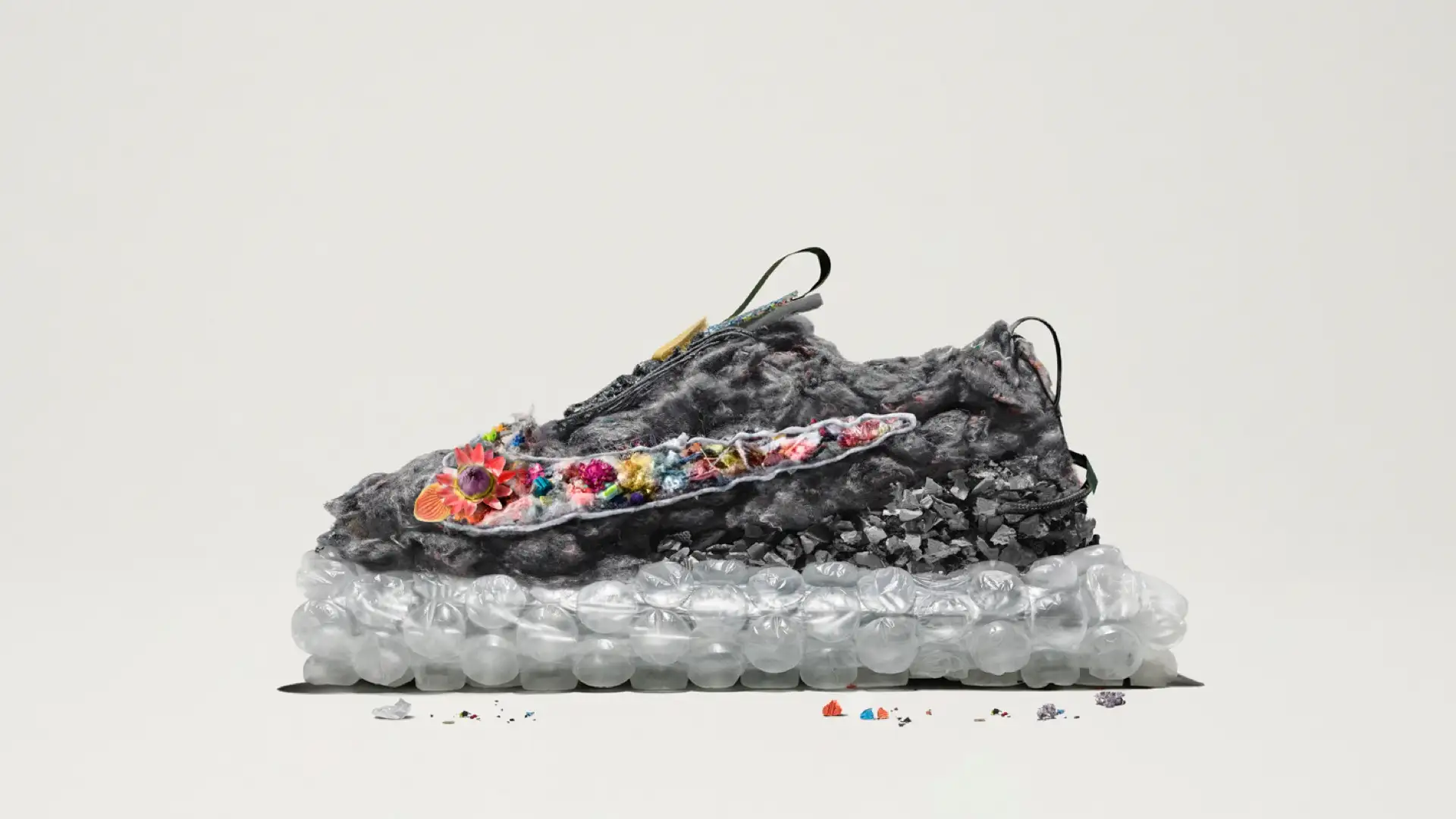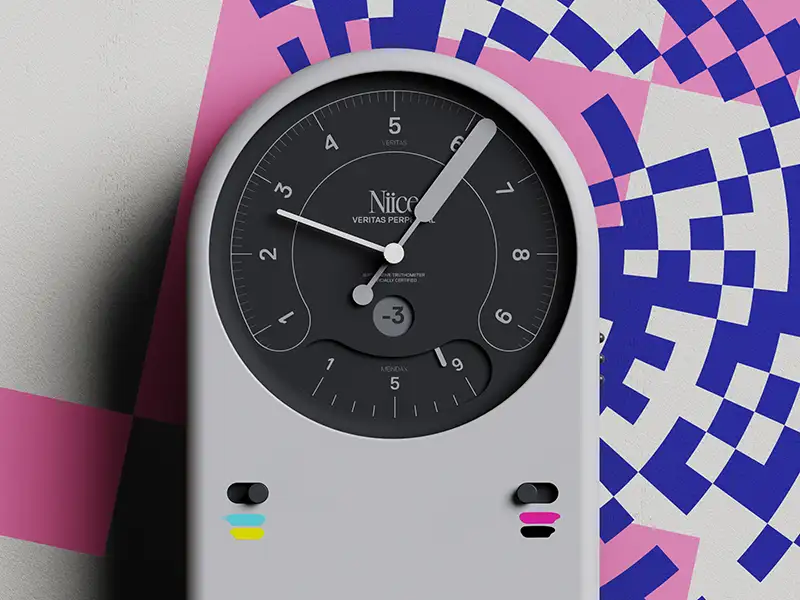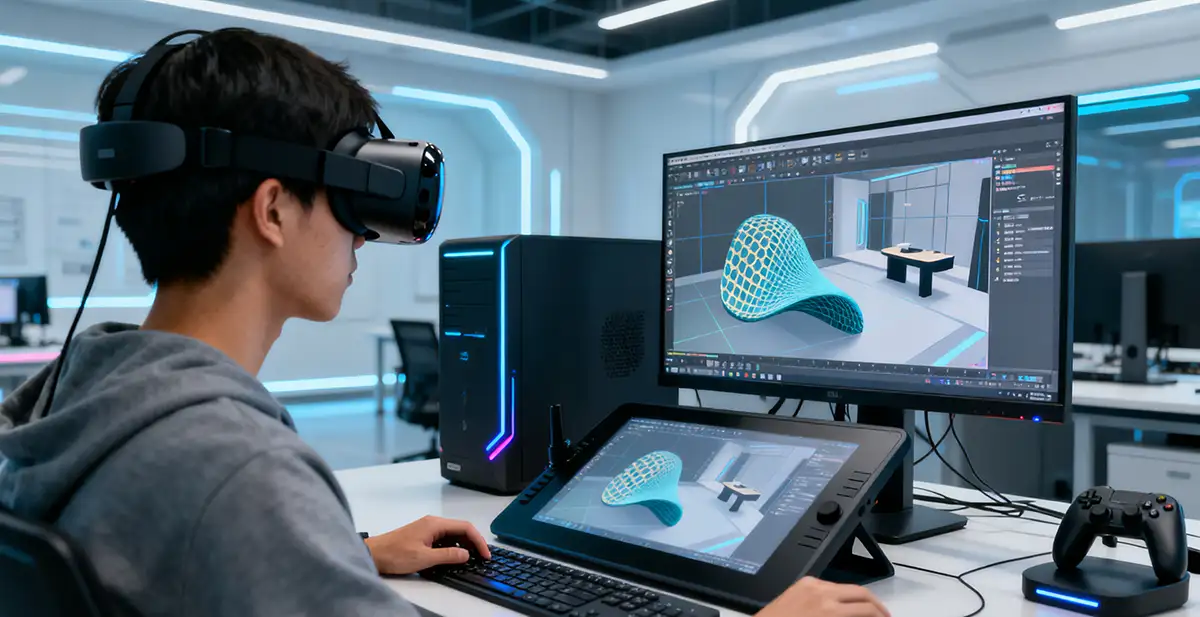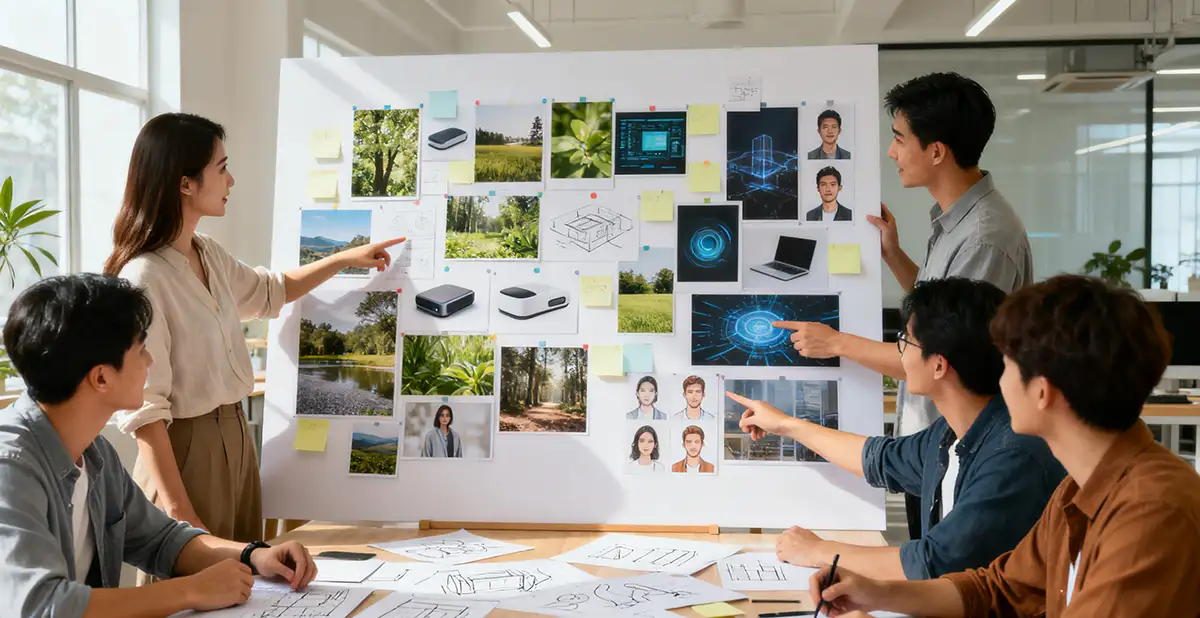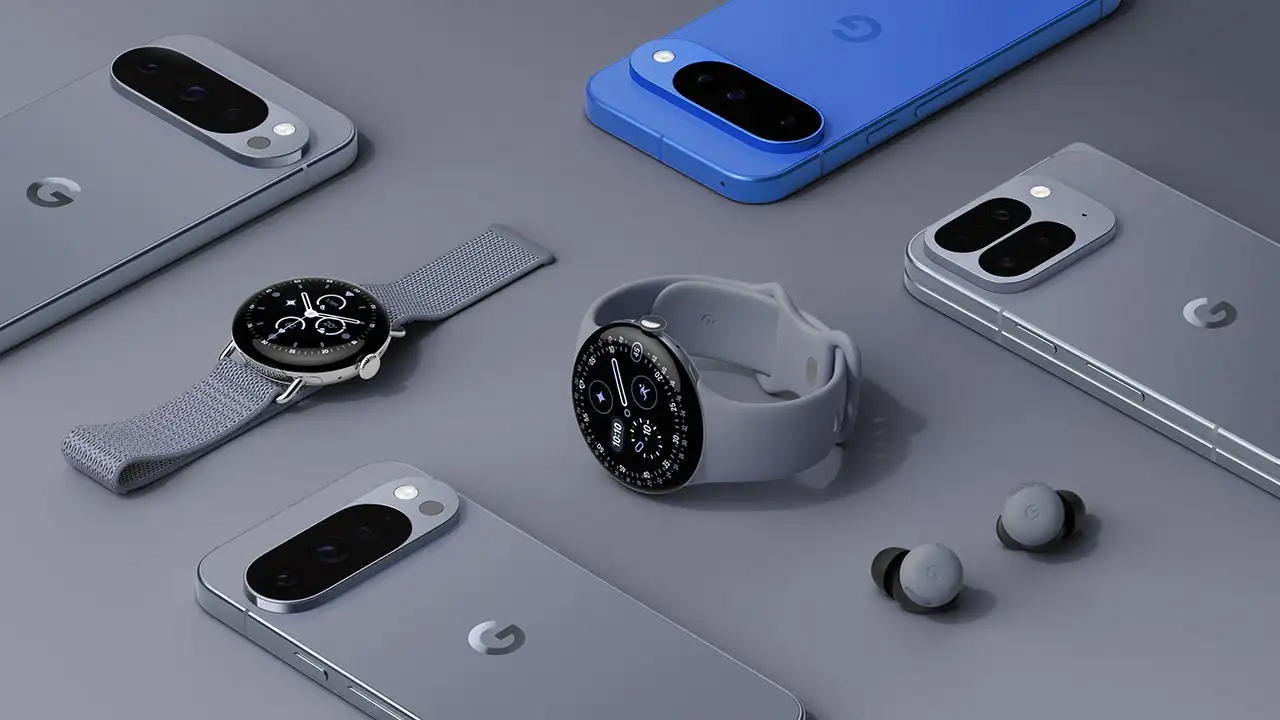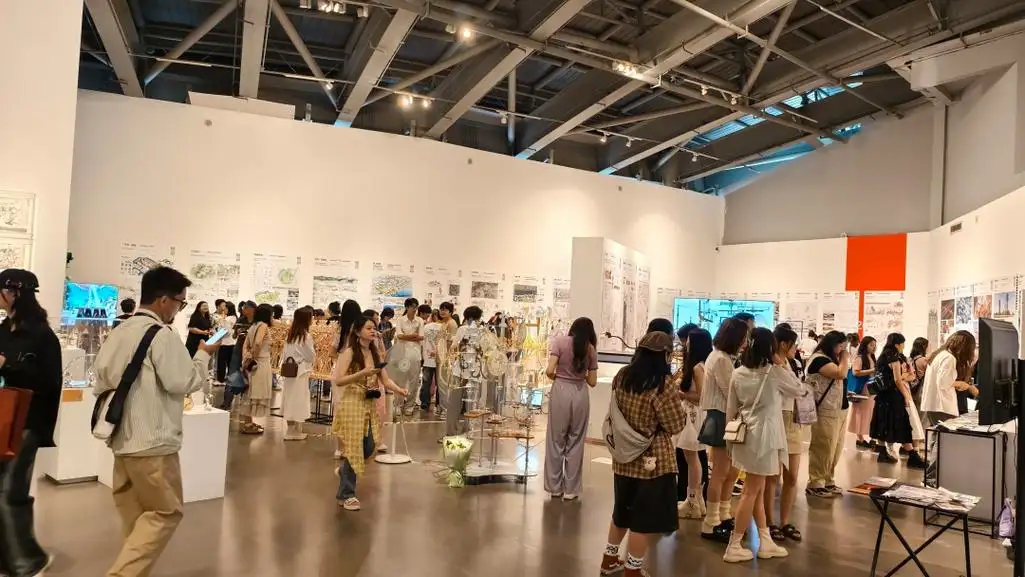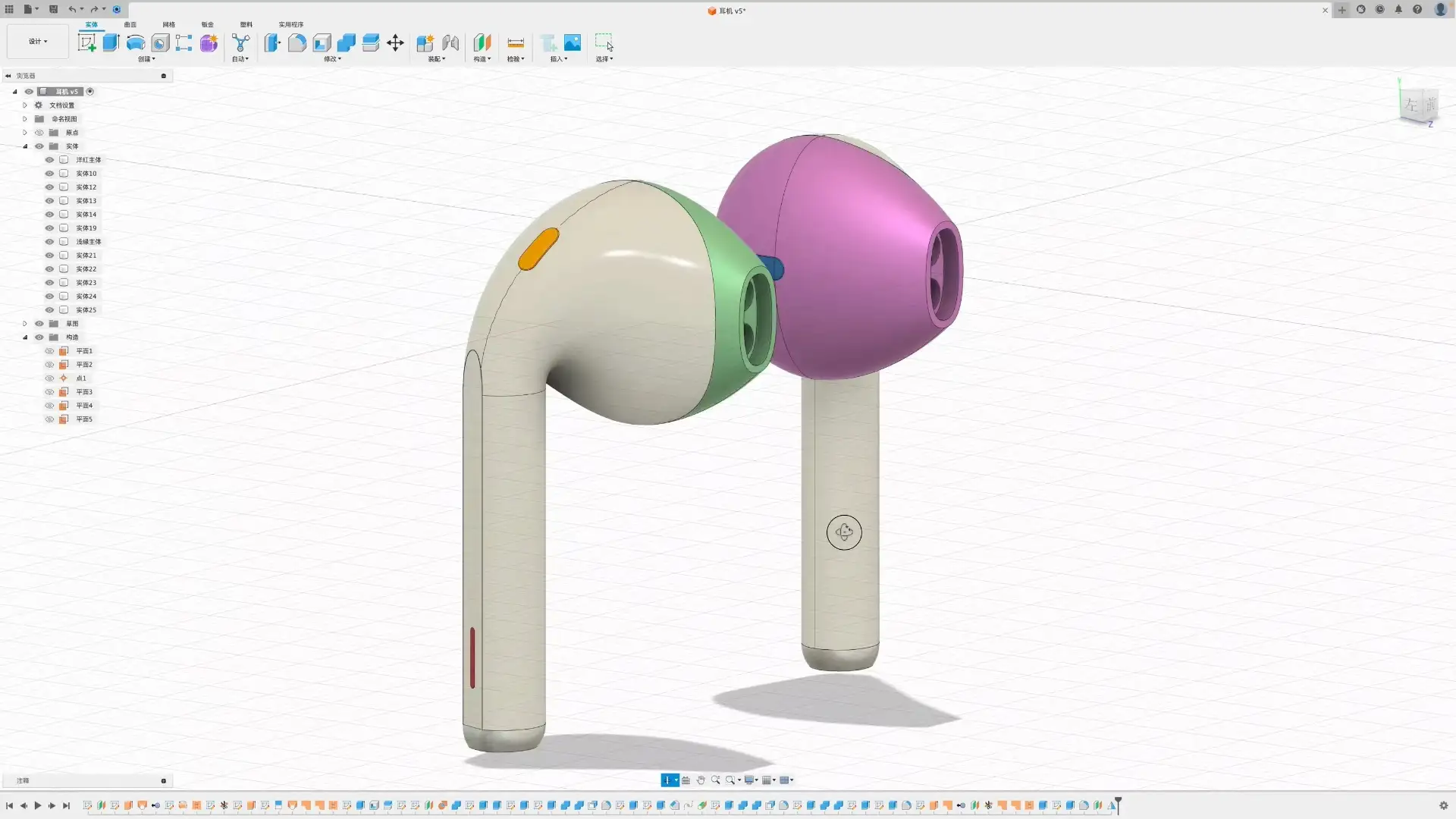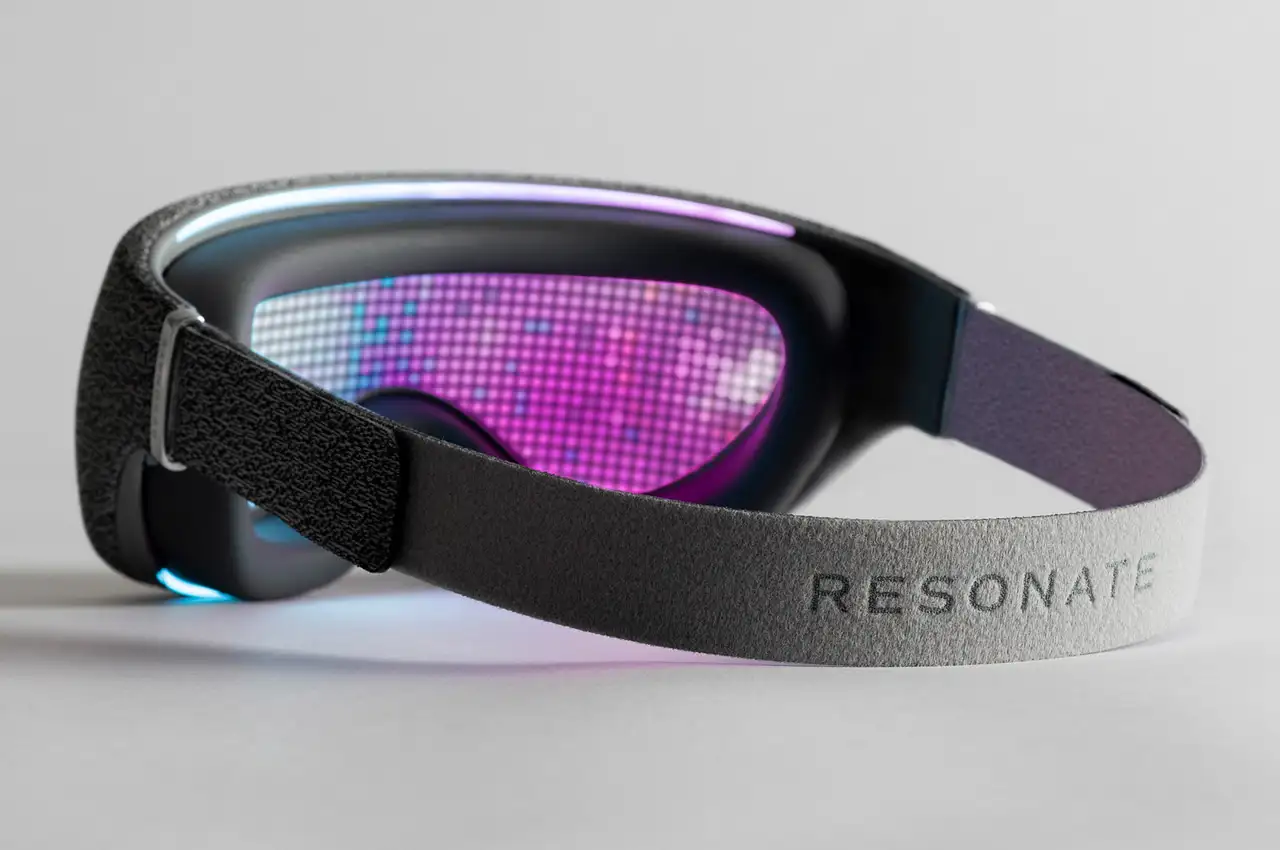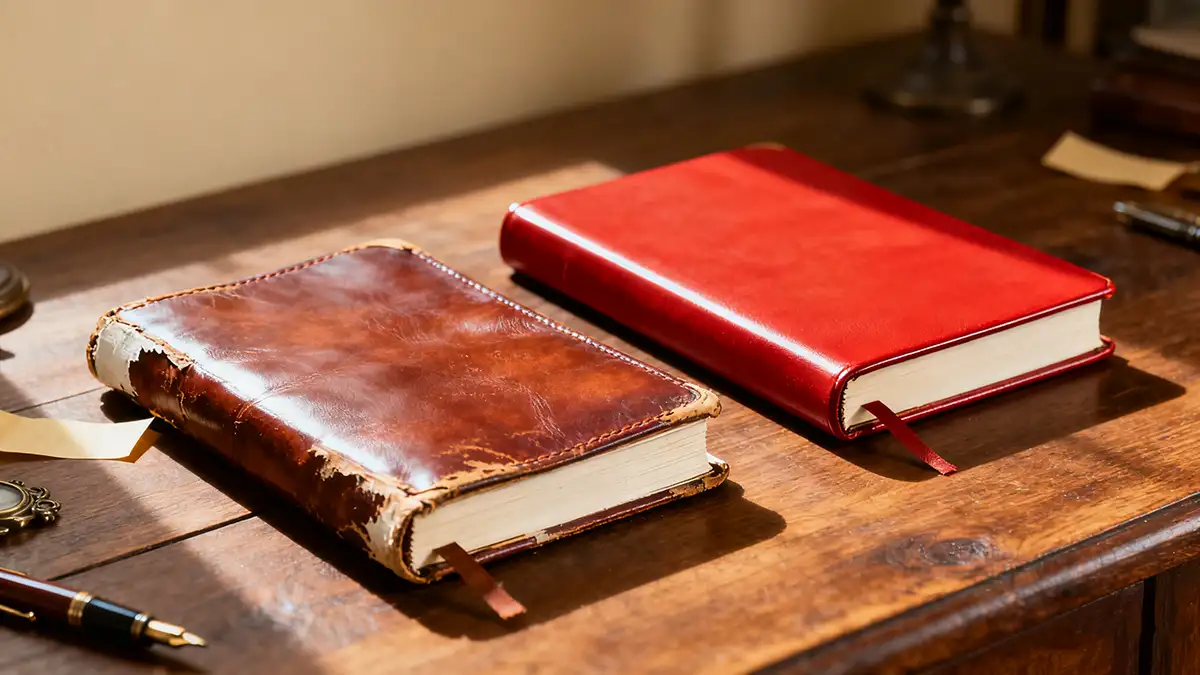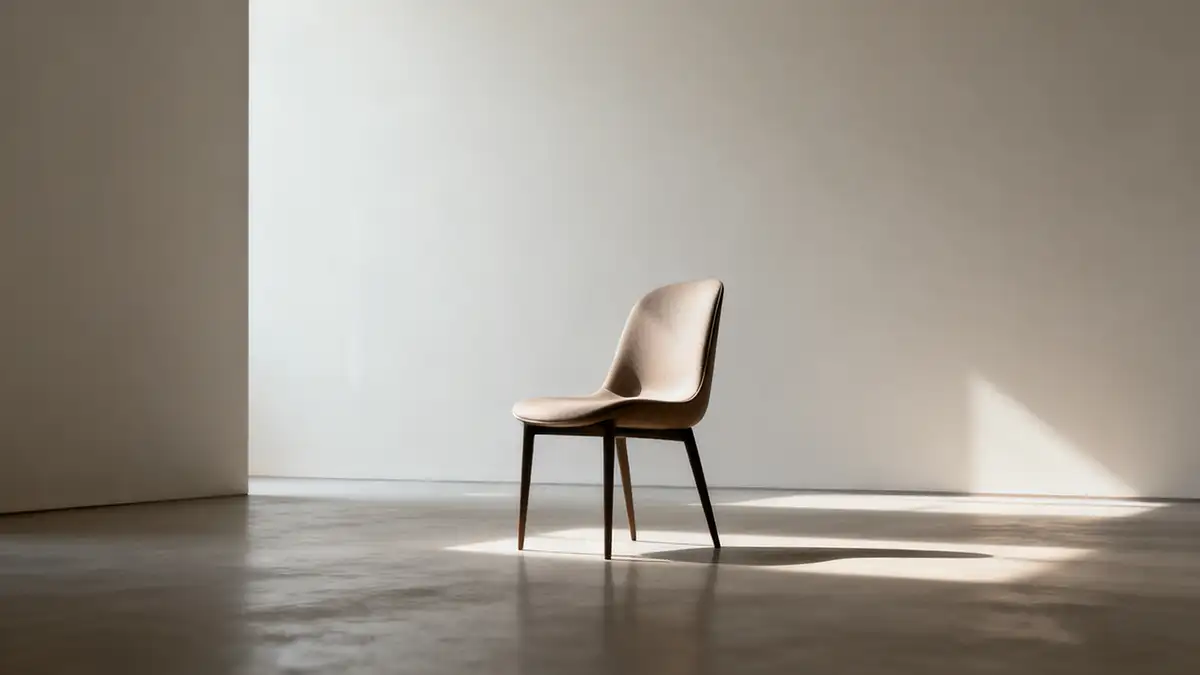NINEIDEA:在教育理念不断更新、科技飞速发展的当下,教育产品设计正迎来全新挑战与机遇。深圳工业设计作为前沿阵地,以其独特视角为教育产品设计注入了创新活力,开辟出诸多新思路,满足现代教育多样化需求,也为相关搜索提供了丰富且有价值的内容。
科技融合,打造智能教育产品
凭借对科技的敏锐捕捉,将前沿技术融入教育产品。例如,把人工智能技术应用于学习机。这种学习机不仅能根据学生的学习进度和知识掌握情况,智能推送个性化学习内容,还具备智能答疑功能。学生遇到难题时,只需拍照上传或语音提问,学习机就能迅速给出详细解答和思路引导。同时,增强现实(AR)与虚拟现实(VR)技术也在教育产品中崭露头角。设计出的 AR 课本,学生通过手机或平板扫描课本内容,就能呈现出立体的动画、模型,让抽象知识变得直观易懂。而 VR 教育设备则可模拟历史场景、科学实验等,让学生身临其境地感受知识魅力,提升学习兴趣与效果。
以学生为中心,注重用户体验
始终坚持以学生为中心的理念,深入了解不同年龄段学生的认知特点、兴趣爱好和使用习惯。针对小学生,设计色彩鲜艳、造型可爱的学习文具,像卡通造型的电子词典笔,操作简单便捷,激发孩子学习积极性。对于中学生,设计符合人体工程学的桌椅,确保长时间学习的舒适度,同时在学习空间设计上,打造多功能、可灵活组合的学习家具,满足自主学习与小组讨论等不同场景需求。在交互设计方面,简化操作流程,采用直观易懂的图标和界面,方便学生快速上手使用教育产品。
寓教于乐,创新教育产品形式
打破传统教育产品的枯燥模式,注重寓教于乐。设计出一系列教育游戏产品,如通过策略游戏培养学生的逻辑思维和数学能力,以角色扮演游戏提升学生的语言表达和人际交往能力。还有一些创意教育玩具,像拼图、积木类产品融入学科知识,孩子在拼搭过程中学习地理、物理等知识。此外,将教育与艺术、手工相结合,推出手工创意学习套装,学生在制作手工艺品的过程中,了解历史文化、艺术知识,培养动手能力和创造力,让学习不再是刻板的任务,而是充满乐趣的探索过程。
@NINEIDEA九号创新 www.nineidea.com
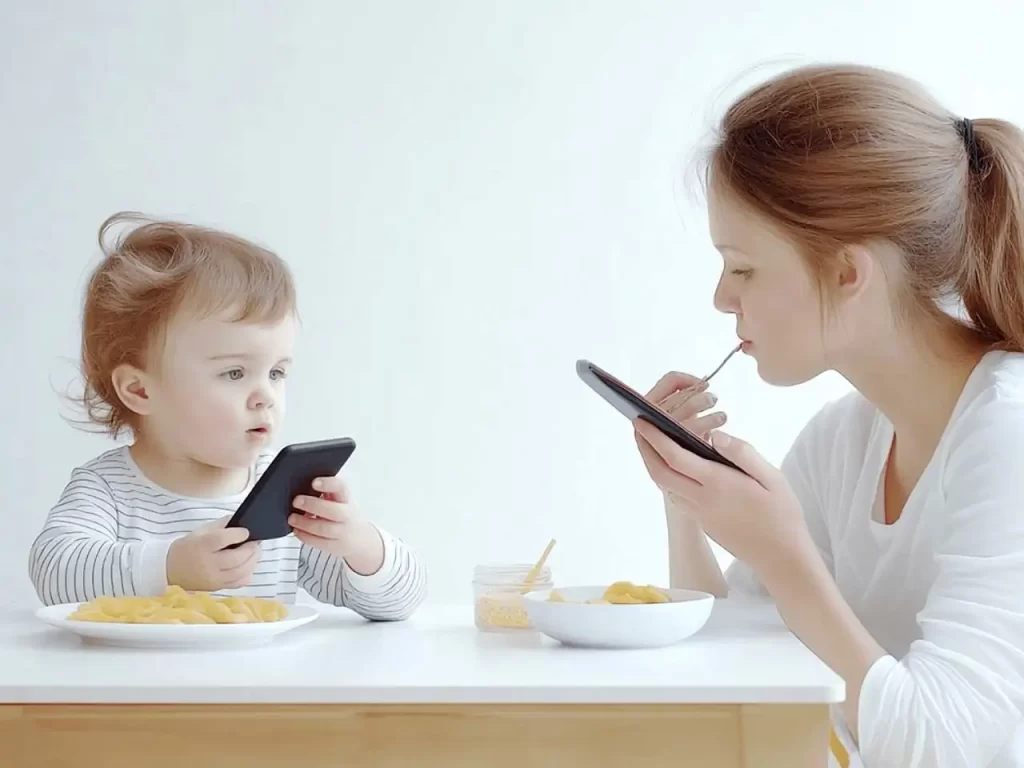
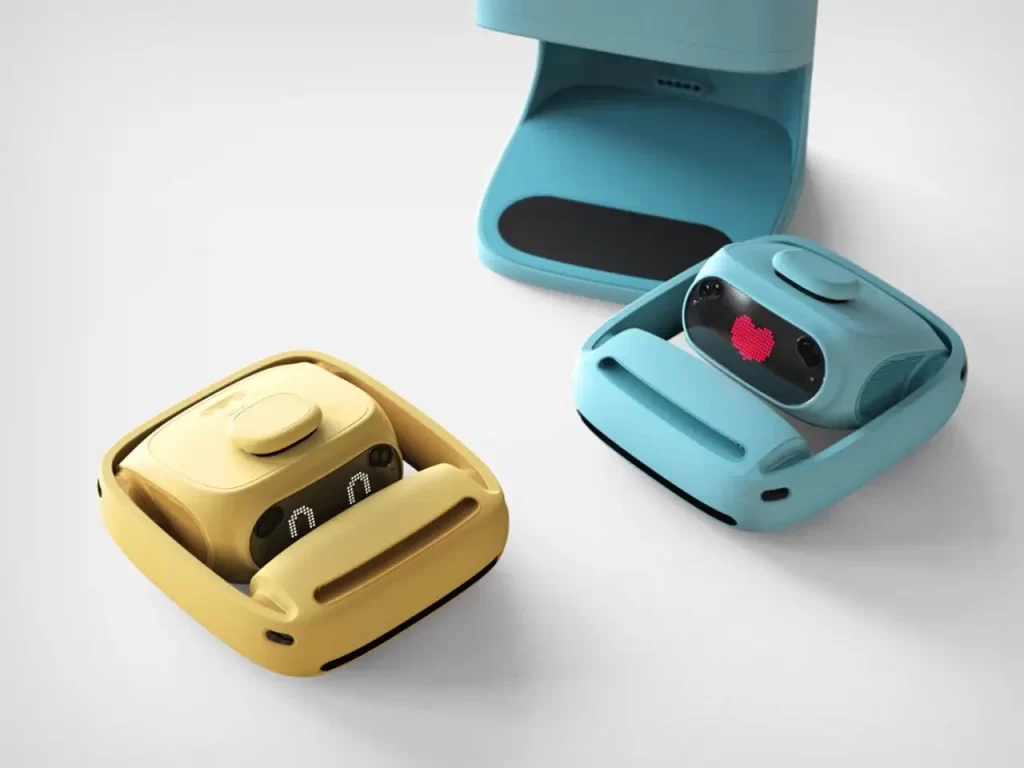
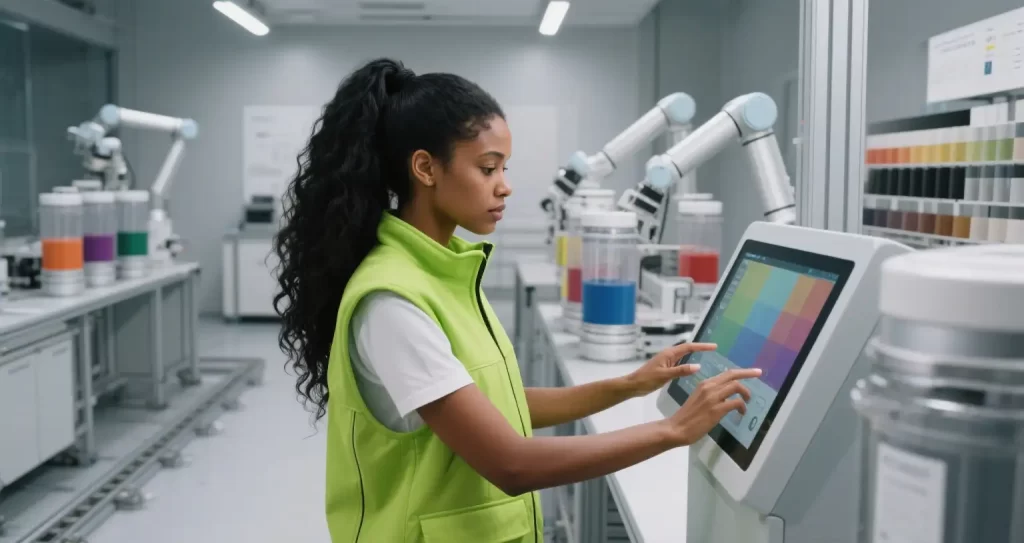
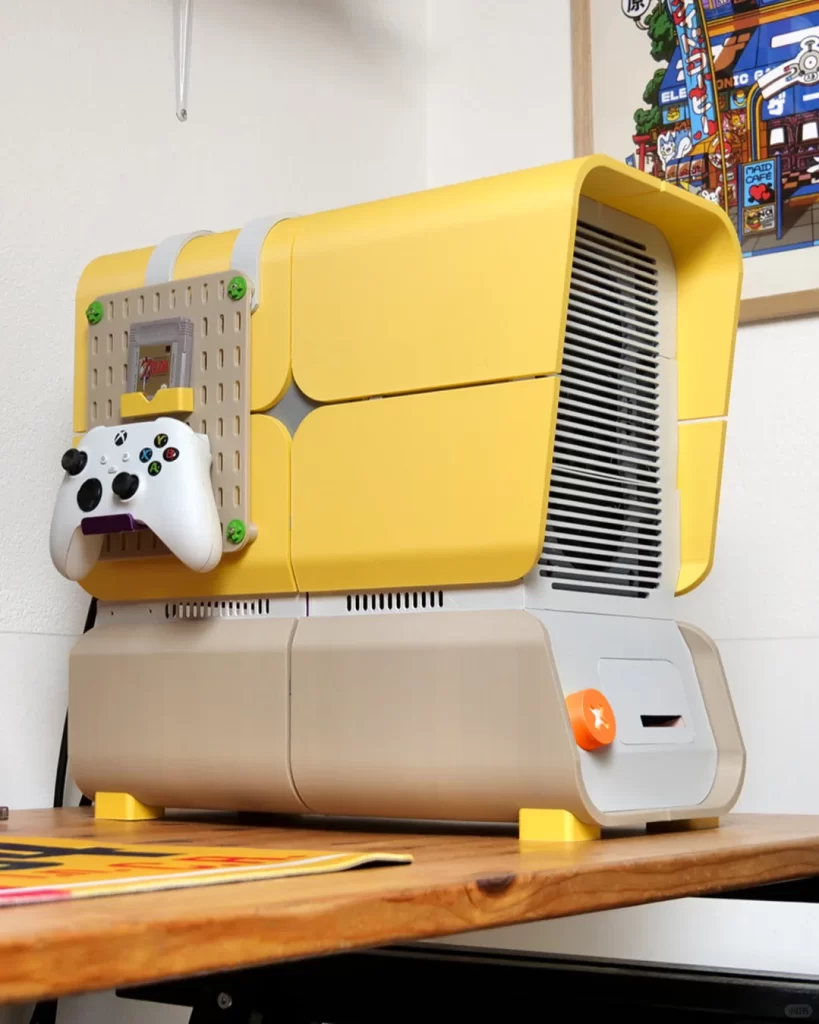
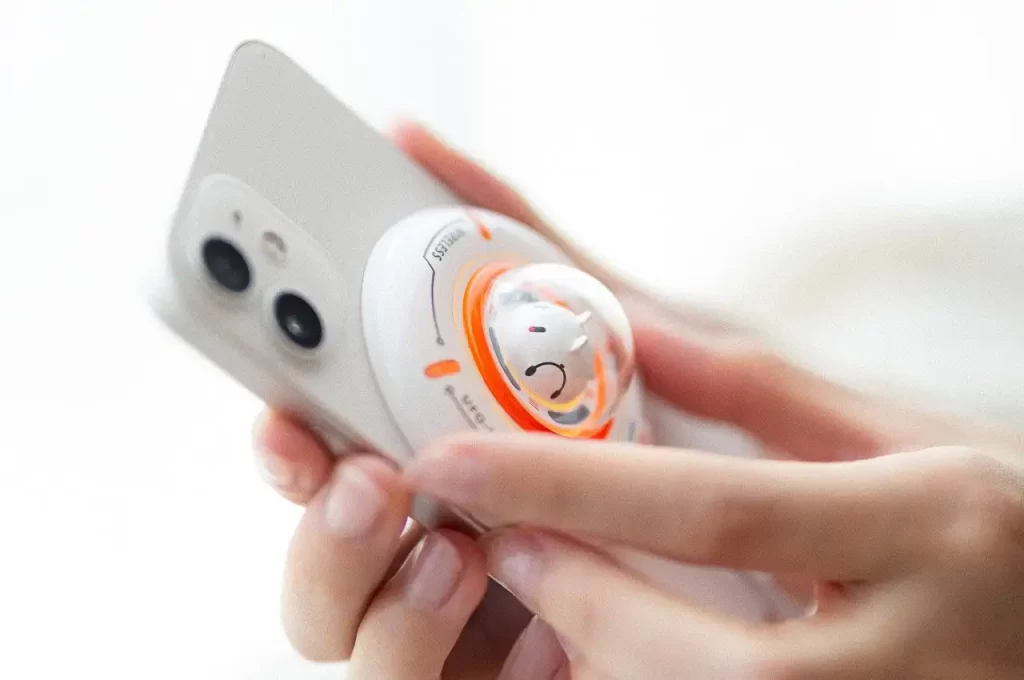
From the perspective of industrial design in Shenzhen, exploring new ideas for educational product design
NINEIDEA: With the constant updating of educational concepts and the rapid development of science and technology, the design of educational products is facing new challenges and opportunities. Shenzhen, as a forefront of industrial design, has injected innovative vitality into educational product design from its unique perspective, opened up many new ideas, met the diverse needs of modern education, and provided rich and valuable content for related searches.
Technology integration, creating intelligent educational products
Shenzhen Industrial Design integrates cutting-edge technology into educational products through its keen grasp of technology. For example, applying artificial intelligence technology to learning machines. This learning machine can not only intelligently push personalized learning content based on students’ learning progress and knowledge mastery, but also has intelligent question answering function. When students encounter difficulties, they only need to take photos and upload them or ask voice questions, and the learning machine can quickly provide detailed answers and train of thought guidance.
Meanwhile, augmented reality (AR) and virtual reality (VR) technologies are also emerging in educational products. The AR textbook designed by students can present three-dimensional animations and models by scanning the textbook content with their mobile phones or tablets, making abstract knowledge intuitive and easy to understand. VR educational devices can simulate historical scenes, scientific experiments, etc., allowing students to immerse themselves in the charm of knowledge and enhance learning interest and effectiveness.
Putting students at the center and emphasizing user experience
Shenzhen Industrial Design always adheres to the student-centered concept, deeply understanding the cognitive characteristics, interests, and usage habits of students of different age groups. Design colorful and cute learning stationery for elementary school students, such as cartoon shaped electronic dictionary pens, which are easy to operate and stimulate children’s learning enthusiasm. For middle school students, design tables and chairs that conform to ergonomics to ensure comfort during long-term learning.
At the same time, in terms of learning space design, create multifunctional and flexible combination learning furniture to meet the needs of different scenarios such as self-directed learning and group discussions. In terms of interaction design, simplify the operation process, adopt intuitive and easy to understand icons and interfaces, and facilitate students to quickly get started using educational products.
Integrating education with entertainment, innovating educational product forms
Shenzhen industrial design breaks the dry mode of traditional educational products and focuses on integrating education with entertainment. Design a series of educational game products, such as cultivating students’ logical thinking and mathematical abilities through strategy games, and enhancing students’ language expression and interpersonal communication skills through role-playing games.
There are also some creative educational toys, such as puzzles and building block products that integrate subject knowledge, allowing children to learn geography, physics, and other knowledge during the assembly process. In addition, combining education with art and handicrafts, we have launched a handicraft creative learning kit. Through the process of making handicrafts, students can learn about historical culture and artistic knowledge, cultivate hands-on skills and creativity, and make learning no longer a rigid task, but a fun exploration process.
@NINEIDEA九号创新 www.nineidea.com













